Welcome to the Two-Color Brioche Stitch Tutorial! I’m Fariba from Watch Knitting, and this is the third video in our Brioche Knitting Series. Today, I’ll guide you through an easy, beginner-friendly method to create this beautiful, reversible stitch.
Unlike other tutorials that may feel overwhelming, this one is designed to be clear and accessible. If you’re an experienced knitter refreshing your memory, feel free to skip ahead to minute 2:35, where I begin casting on. And don’t hit that like button just yet—wait until you’ve watched the full video!
What You’ll Need:
- Two different colors of yarn (same weight) – one as the dominant/main color (used along the edges) and the other as the contrast color.
- Worsted weight (#4) yarn – I’ll be using a brighter color as my main color.
- Double-pointed or circular needles – essential for sliding stitches back and working the second color without turning.
- An extra pair of needles (two sizes larger than the main needle) for a stretchy cast-on.
- Recommended needle sizes – 3.5 mm for the main knitting and 6.5 mm for casting on (two times larger for flexibility).
Two Methods of Two-Color Brioche Cast-On
- Single-Color Cast-On: Begins with one color, then alternates.
- Symmetrical Two-Color Brioche Cast-On: Uses both colors alternately from the start.
I’ll be demonstrating my refined technique for perfect results in this tutorial!
Casting On and Setting Up the Stitch
- Always cast on fewer stitches than the pattern requires, as the first row increases the total.
- Use the formula: (Final Stitch Count × 2/3) → Round to the nearest even number.
- Divide stitches between both colors, giving the dominant color one extra stitch.
- Example: If a pattern calls for 20 stitches → (20 × 2/3) = 13.33 → round to 14 stitches.
- Cast on 7 stitches in the contrast color and 8 in the main color.
- If using circular needles, cast on contrast color first, push it to the other end, then cast on the main color.
Step-by-Step Brioche Knitting Instructions
Setup Row (Main Color):
- Knit the edge stitch.
- Repeat: Yarn over, slip the opposite color stitch, then knit 1 (SL1YO technique).
- End with knit edge stitch.
Row 1 (Contrast Color):
- Pick up the edge stitch.
- Knit 2 together (K2TOG), SL1YO across the row.
- End with SL1YO.
Row 2 (Main Color):
- Pick up the edge stitch.
- Slip single stitches with yarn over, then Purl 2 Together (P2TOG).
- End with SL1YO, then knit edge stitch.
Row 3 (Contrast Color):
- Pick up the edge stitch.
- P2TOG, SL1YO repeat across the row.
- End with SL1YO.
Row 4 (Main Color):
- Pick up the edge stitch.
- SL1YO followed by K2TOG.
Key Brioche Knitting Rules:
- Single stitches are always worked as Slip 1, Yarn Over (SL1YO) and are opposite to the working yarn color.
- Paired stitches are either knit together (K2TOG) or purled together (P2TOG).
- The rib-like pattern determines whether to knit or purl the next stitch.
- To determine your last worked row, look for the yarn over—it indicates the previous row’s working color.
By following these tips, you can confidently continue your brioche project without losing track!
Next Steps & Final Thoughts
I’ve worked hard to make this tutorial clear and enjoyable. If anything is unclear, drop your questions in the comments! Stay tuned for my next tutorial, where I’ll cover Two-Color Brioche Knitting in the Round.
Happy knitting! 🧶✨
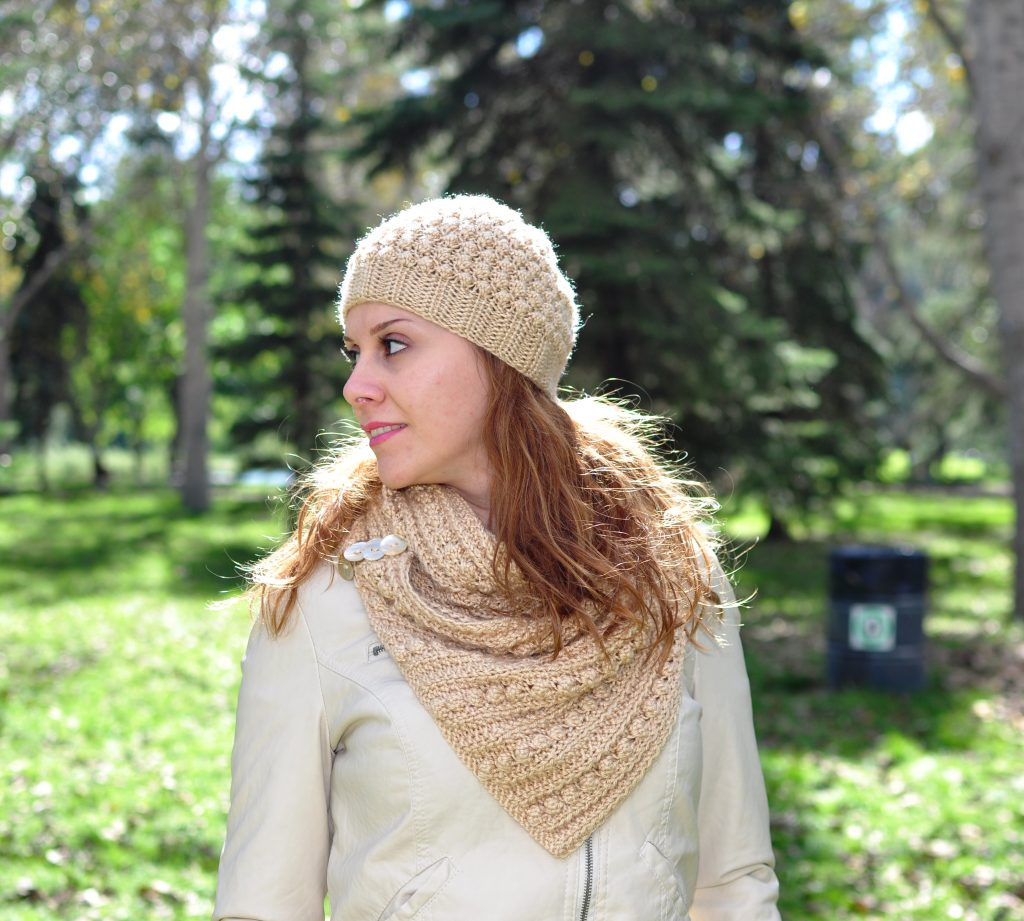
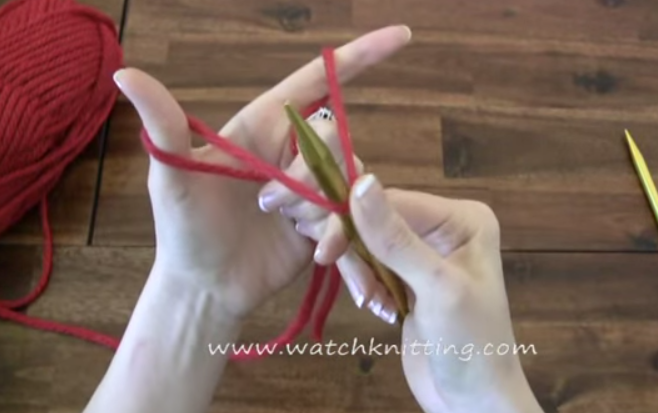
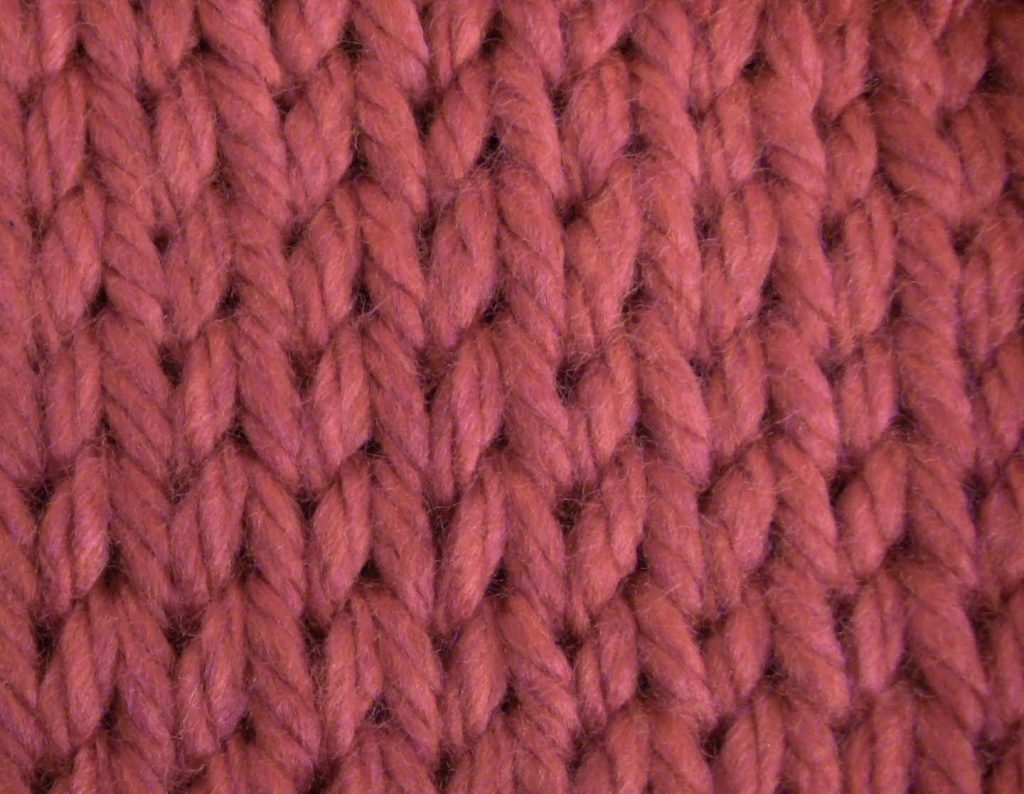

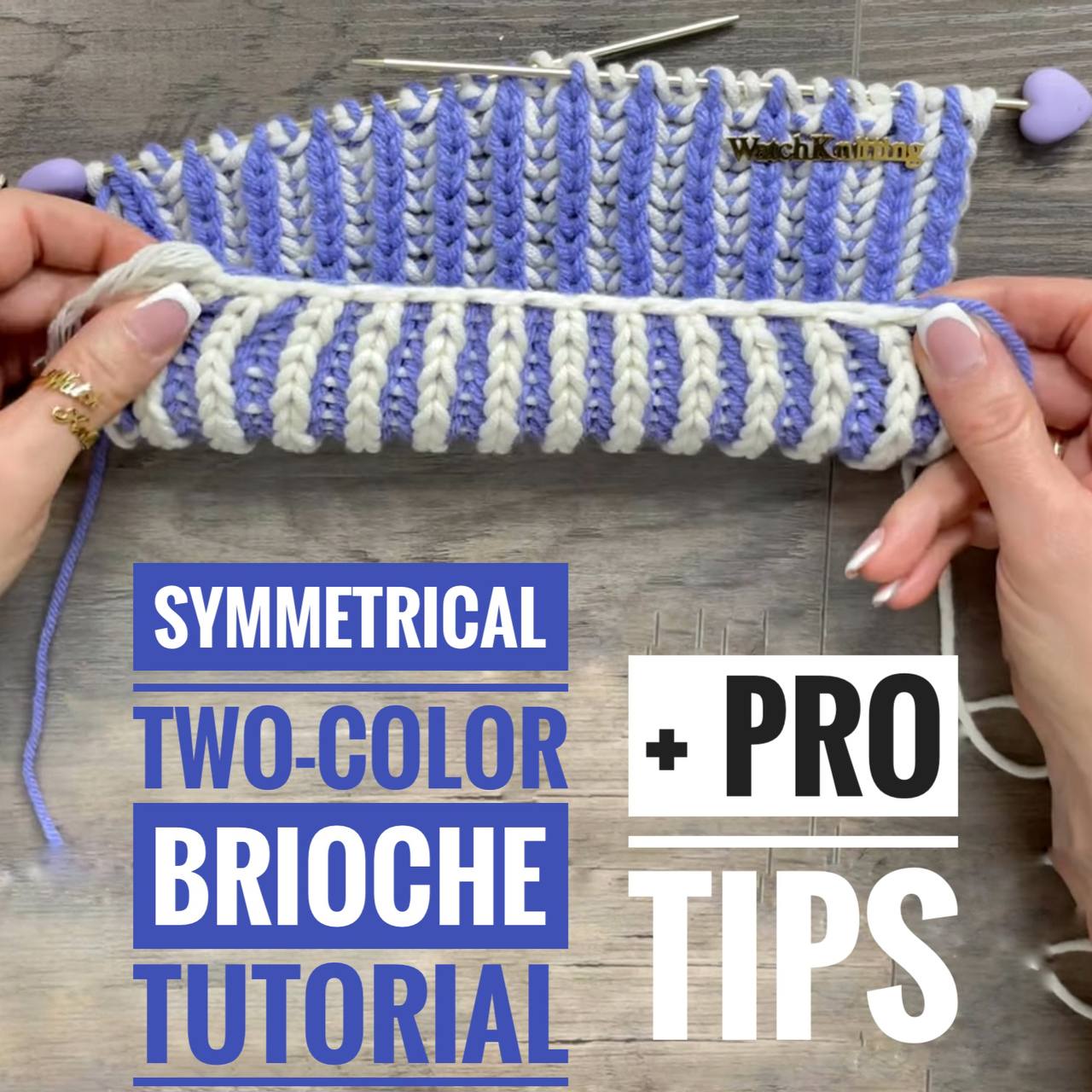
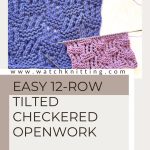
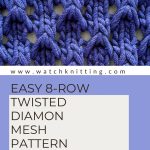
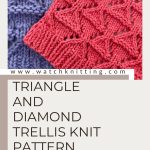
Leave a Reply